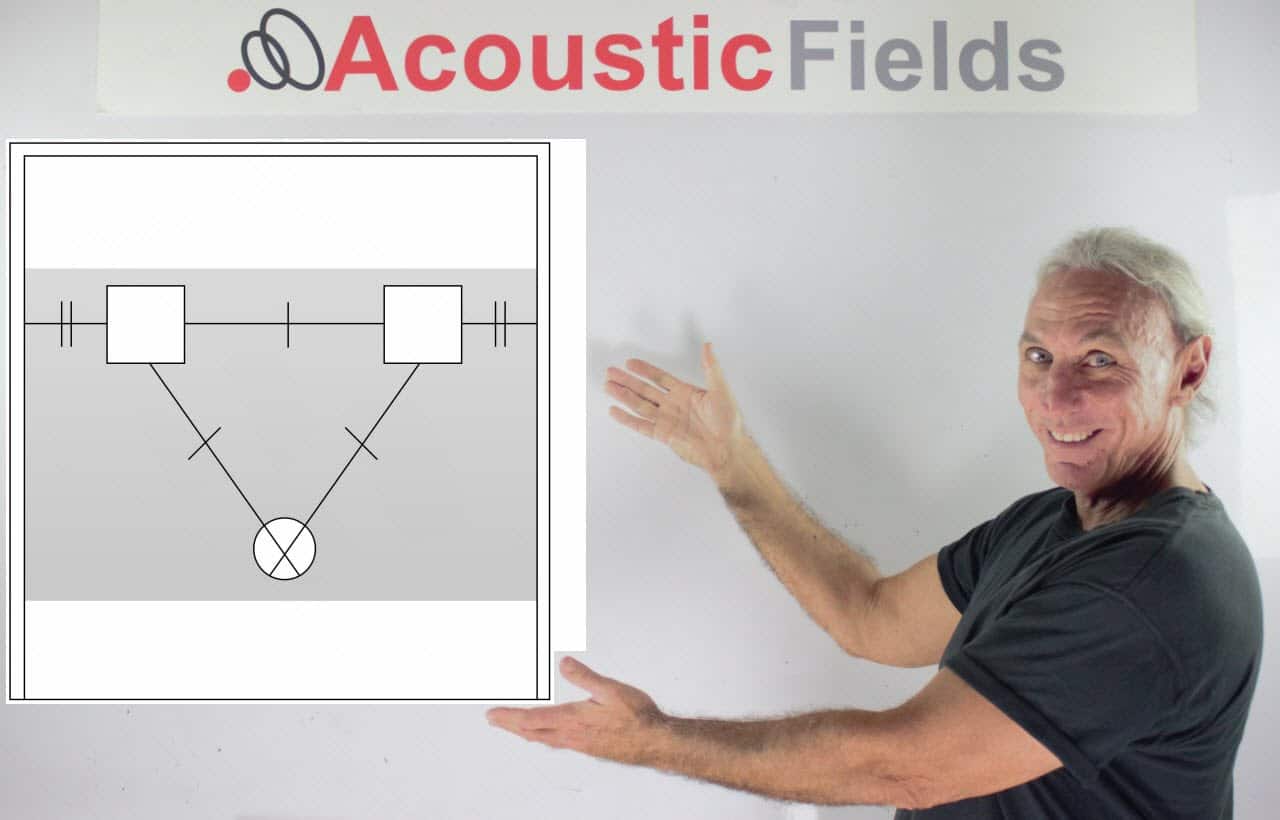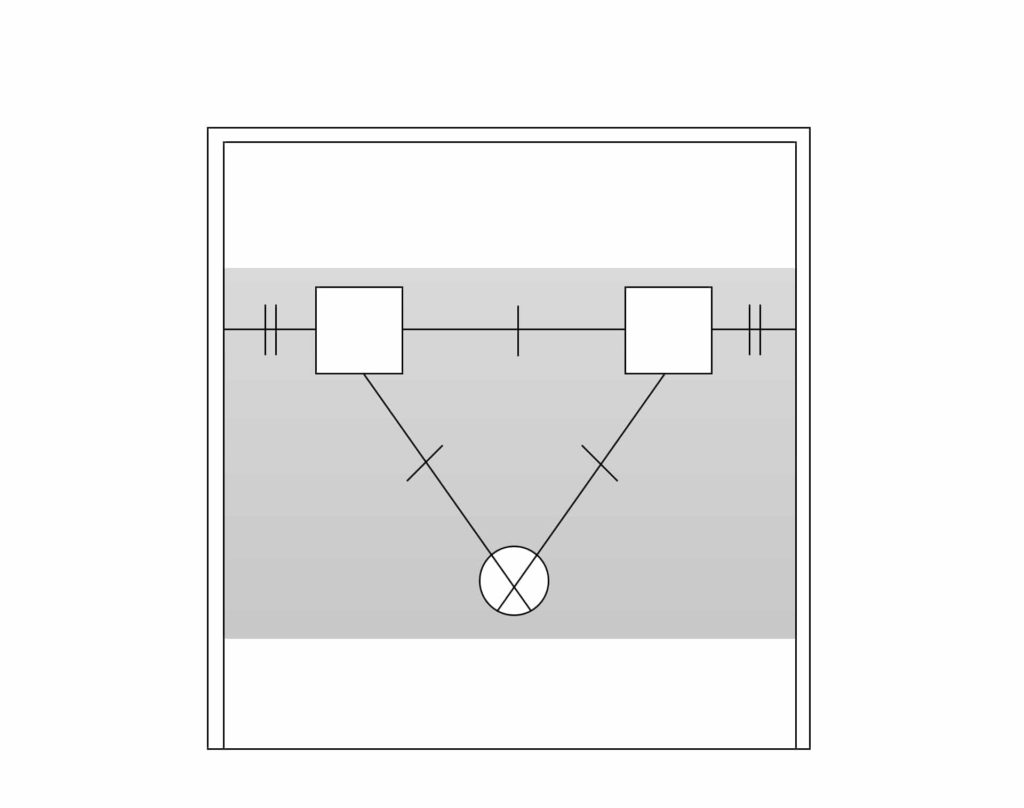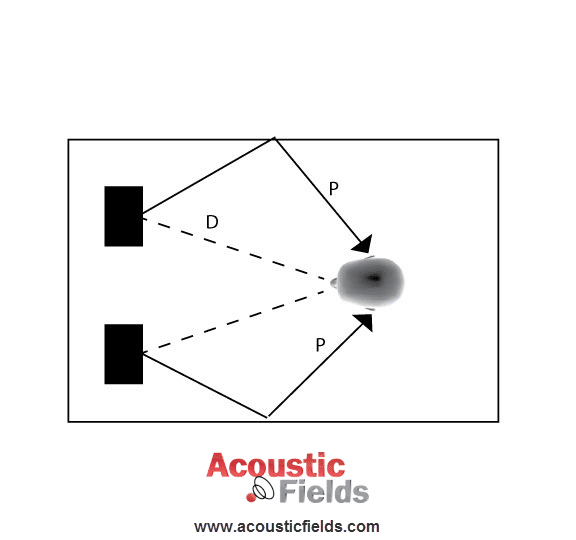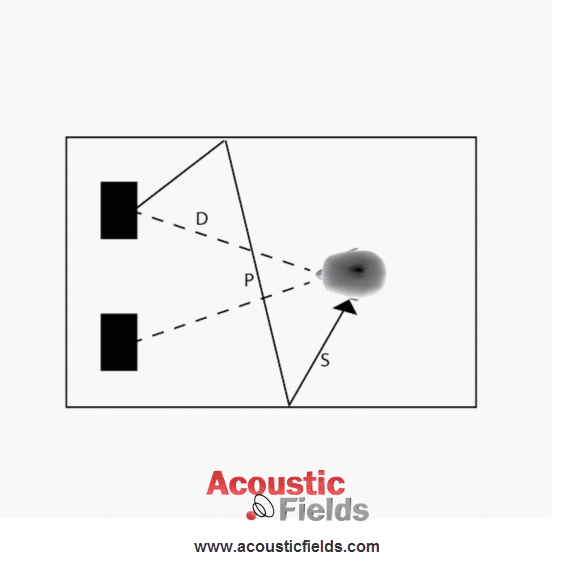Today we’re going to talk about a sound triangle. What is a sound triangle? Well it’s a term that we use. It’s the speakers and listening position. The apex of that 3 objects form a triangle. Now why is that important? Well, it’s important because it’s a sacred area and I see this sacred area violated all the time.
We’re going to walk through some definitions here and I think you’re going to have an idea of why its so critical. This area between our speakers and listening position is a direct versus reflected energies zone that we use for management. We must manage the time signature of the reflections off the walls and in particular the side walls because that’s important to our sound stage definition, our sound stage center image, the separation and definition of every instrument and vocal on our sound stage. So this area is sacred.
It’s also sacred behind the listening position and to the sides of the speakers. So we can’t have any objects in that area. That has to be all open because we need that area to manage the time signature of our reflections. No objects within the sound triangle, why? Because they cause more reflections. A coffee table, a chair, an equipment rack, all these things work against us because we need that area free and clear so we have the right time distances and distance to control the time signature of the reflections.
So we can’t have more objects causing us more reflections when we’re trying to minimize reflections and get that real good balance between the direct and reflected energy. So we have to be careful with objects in the sound triangle. Here’s a good test on your listening room if you’re listening room is really balanced correctly, sit in a listening chair and cross your legs so that one leg is higher than the other and that will be blocking some right or left channel energy depending on how you cross your legs, you should be able to hear an audible difference. That’s how critical reflection and time management is.
So the sound triangle is the two speakers and the listening position and draw lines on that sacred ground. Area left and right is sacred, area behind the listening position is sacred, area behind the speakers is sacred. Alot of people don’t understand that and put a lot of objects in there and you just simply can’t.
So in summary, our sound triangle is a sacred area that we can’t have objects in it. It’s just the speakers and the listening position triangle that’s formed.
The next graphic shows us that primary reflections is that first reflections off the side wall that’s a real critical reflection and needs to be managed from a time signature basis.
Then that reflections heads across to the opposite wall comes back to the third wall then you get secondary and tertiary.
Speakers and listening position are really, really critical in rooms so we have to make sure that there’s no objects surrounding those.
In Summary
To learn more about room acoustics please sign up to download our free ebooks and video series on room acoustics here. And please let me know if you have any questions at any time.
Thanks
Dennis Foley










